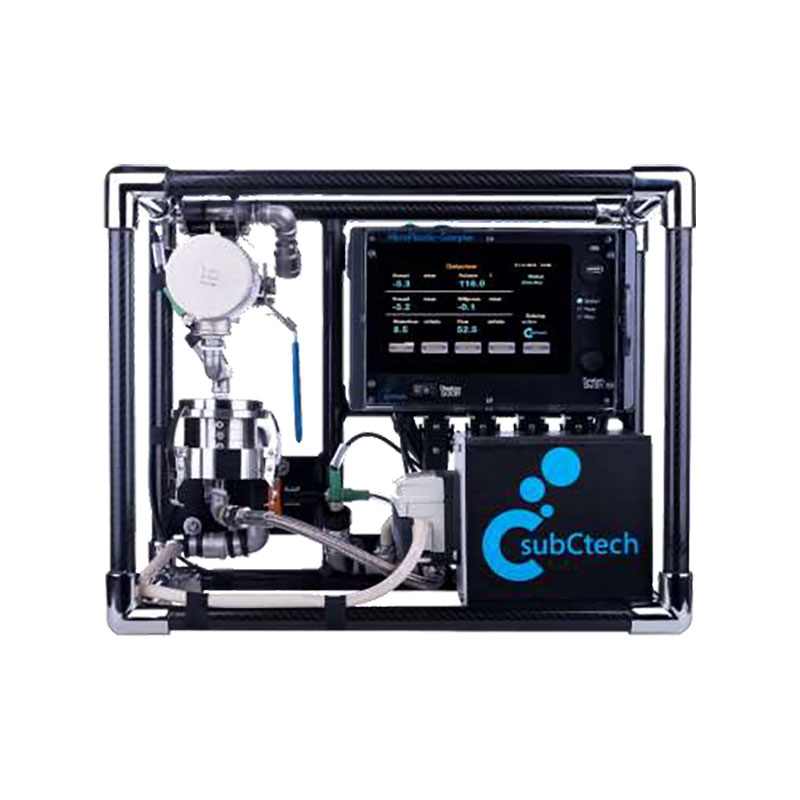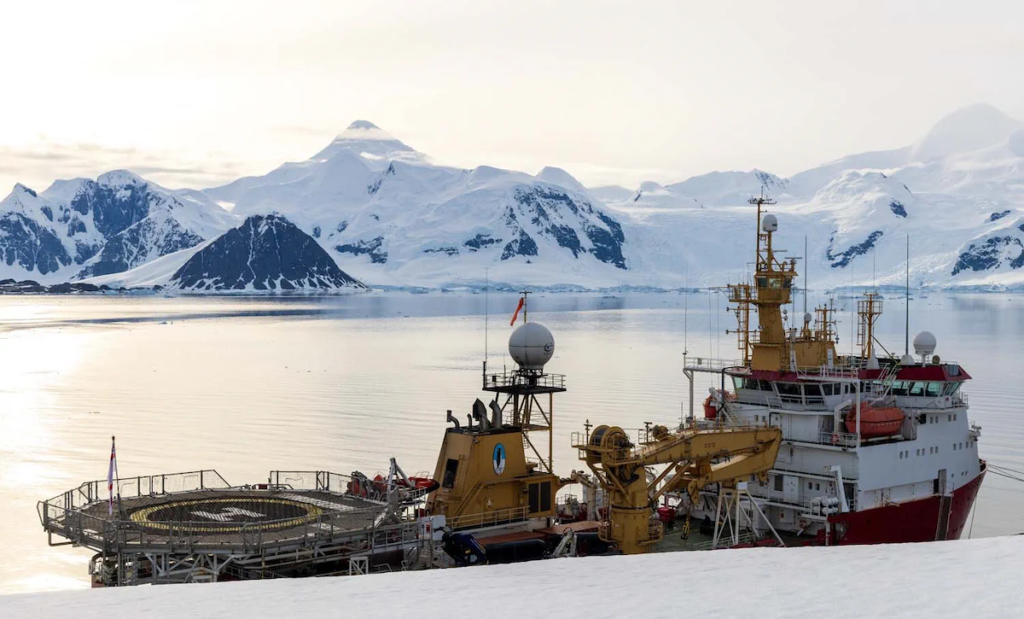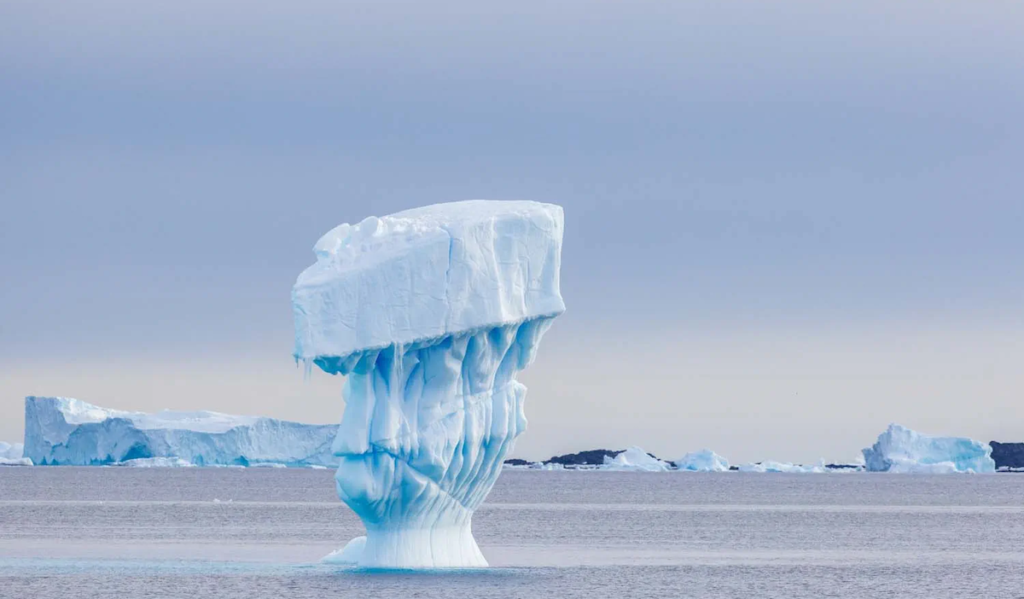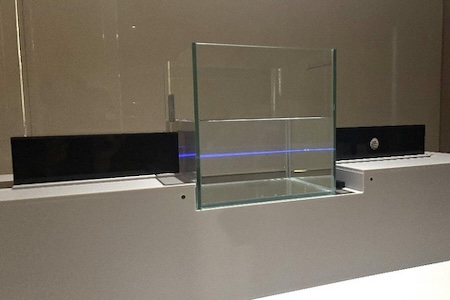
Ocean Microplastics Analysis
Discover cutting-edge solutions from leading global suppliers
Scientists aboard a Royal Navy icebreaker are researching the damage plastic waste is having on Antarctica, with researchers from the University of Portsmouth carrying out critical work on polar research vessel HMS Protector.
The research comes at an important time, showing that plastic is infiltrating a previously unspoiled environment as progress is made on a global treaty to end plastic pollution. The United Nations reportedly estimates that more than eight million metric tonnes of plastic enter the planet’s oceans every year, posing a severe threat to global ecosystems.
Dr Keiron Roberts, a senior lecturer in sustainability and the built environment, used a drone to survey the Antarctic coastline. Working alongside a member of the Revolution Plastics Institute, the researchers pinpointed areas where litter had washed ashore. Water and marine sediment samples were additionally taken to measure the human impact – especially through tourism – on the frozen continent.
Simultaneously, pollen samples from mosses and the air were collected by Dr Adele Julier, a senior lecturer and palaeoecologist, to study climate and weather changes across Antarctica. Dr Roberts and Dr Julier will now analyze the results of their studies at laboratories in Portsmouth.

HMS Protector
Plymouth-based Protector completed the first phase of her annual Antarctic deployment (known as Operation Austral), having also carried out inspections of fishing vessels as part of work under the Commission for the Conservation of Antarctic Marine Living Resources (CCAMLR).
The CCAMLR is part of the Antarctic Treaty System, a multinational effort to preserve the continent – aimed at preserving marine life.
Protector recently sailed from Talcahuano in Chile 1,400 nautical miles through the Patagonian Canals, crossing Drake Passage, before carrying out survey operations in Yankee Harbour on Greenwich Island to update charts for the UK Hydrographic Office.
The ship also surveyed the coastline at the British Antarctic Survey base at Rothera, located on Adelaide Island to the west of the Antarctic Peninsula, before delivering 140 tonnes of aviation fuel for the research station’s fleet of five aircraft, which are specially adapted for flying in the extreme Antarctic climate.
Protector is now headed for Punta Arenas at the southern tip of Chile for a rotation of some of her crew with colleagues from back in the UK as she prepares for the next phase of her Antarctic deployment.

Dr Roberts said, “Coming from a navy family, being on board HMS Protector has been a bucket-list experience. The crew’s support has been incredible, and this time among them is something I’ll treasure forever. Without the crew of HMS Protector this valuable data would not be possible to collect. With their help we are now building up an evidence base of the impacts that humans are having in the region, particularly microplastics, and hope to continue this work with them moving forward.”
Dr Julier added, “Setting pollen slides around the ship and counting pollen every day at a microscope in the warfare room has been a surreal and fascinating experience. The crew have all been so welcoming and friendly, and have put up admirably with me getting way too excited about finding moss.”
Helen Lankester of the UK Hydrographic Office, stated, “During my time onboard HMS Protector as part of Op Austral 24/25 we have conducted three hydrographic surveys: two in Rothera and one in Yankee harbour on Greenwich Island, which was one of my aims before embarking. As a senior geospatial information specialist working for the UK Hydrographic Office I brought my experience in processing the data which was collected by the ship to help train the HM specialists currently drafted to HMS Protector.”
Able Seamen Freddie Fisher, commented, “Going to the Antarctic has been an amazing experience for me. I’ve enjoyed going through the Lemaire channel and taking in the unbelievable icebergs that tower over the ship. The wildlife has also been a highlight from spotting seals to taking selfies with penguins. This unique ship has had a lot to offer from handling lines to helping in the galley and also being coxswain in the MIBS.”
Find suppliers of Ocean Microplastics Analysis Technology >>

















